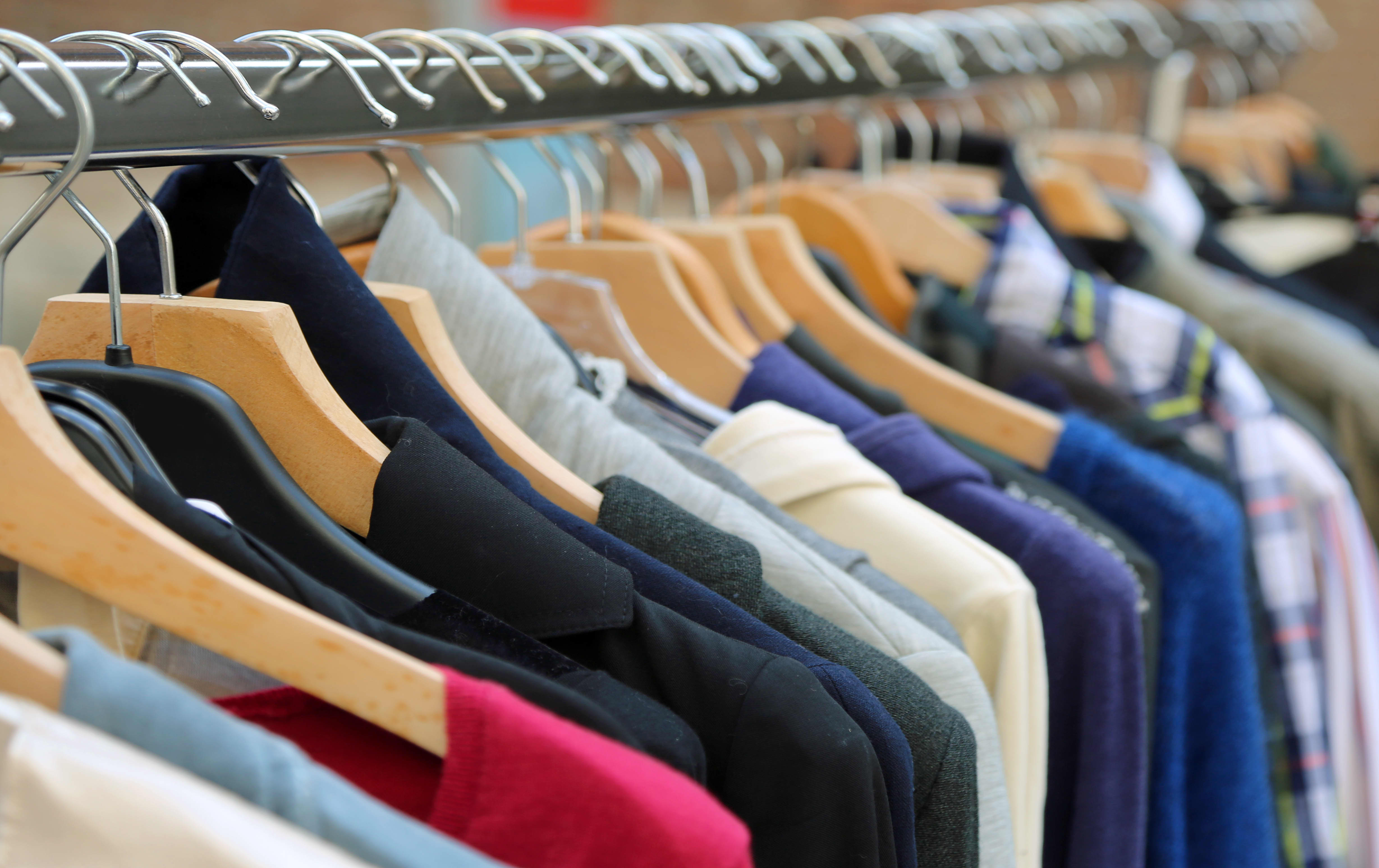Fashion has a polyester problem.
It’s the most widely-used clothing fiber in the world, but as a synthetic material made from plastic, polyester needs a lot of energy to produce and is highly water and air polluting, according to the Council of Fashion Designers of America.
The fashion industry is trying to tackle the issue, but there’s no simple solution, according to the CEO of one of the world’s largest clothes manufacturers. “There isn’t so far (a) raw material that is as cheap and as versatile as polyester today,” said Roger Lee, who runs Hong-Kong headquartered TAL Apparel.
As well as being inexpensive, polyester doesn’t crease and can be washed at low temperatures. However, the laundry process also releases tiny fibers known as microplastics, which can be harmful to marine life. While polyester lasts for years, longevity is a double-edged sword — clothes can be worn many times but will likely up in landfill, and don’t biodegrade.
“Today, we rarely use virgin polyester,” Lee told CNBC’s “Managing Asia: Sustainable Future.” “What do I mean by that? Quite often, our polyacetal (fiber) that we use are actually from recycled bottles.”
Over the past two years, Lee said there has been a huge acceleration in the use of recycled plastics in fashion. “The reason is because the cost of using that has come down to the same price as using virgin polyester. And that’s the key — if the price is the same … (it’s) a no-brainer. It saves environments (and has) the same commercial costs.”
TAL Apparel manufactures clothing for brands including Burberry, J Crew and Patagonia and was founded by the Lee family who started in the fashion business with a cotton cloth shop in 1856. The firm was revived by Lee’s great uncle C.C. in 1947.
CEOs need to say okay, what’s more important … a profit now or … a planet in the future?Roger Lee
At the moment, only about 14% of polyester is produced from recycled fibers, according to standards body Textile Exchange. How close to a breakthrough is the sector in terms of recycling used garments?
“If you talk about pure polyester, yes, we are close. But the problem is a lot of materials are mixed materials, it’s a polyester blend with something else. And separating that has been an issue,” Lee explained.
TAL is involved with the Hong Kong Research Institute of Textiles and Apparel which is investigating new ways to make the fashion industry more sustainable. In November, the institute launched a “Green Machine,” developed with the H&M Foundation, which can separate mixed materials. The new machine works by decomposing the cotton part of the material and extracting the polyester, which can then be spun into garments.
Preventing clothes going to landfill, or encouraging people to buy less, could go some way to addressing an excess of polyester garments — and that means looking at the fundamentals of the fashion industry.
Custom clothing
Brands currently “guess” how many pieces of each style they are going to produce, Lee said, and making the clothes takes three to six months before they are sent to stores or put online. What doesn’t get sold at full price is marked down. “When it’s so cheap, or 70% off, (people think) I don’t really need it, but you know what 70% is worth it, (so) I’m going to get that. And then you buy stuff you don’t really need,” Lee said.
One solution is to make clothes that are made-to-measure, which TAL has been doing for 15 years. “In the last few years, it’s really taken off … you walk into the store, the garment is not there ready for you. But you say you know what, I like this fabric, I like in this style, you place the order and the shirt for example, in seven days, you will get it at your doorstep,” Lee explained. Before the coronavirus pandemic, TAL made around 600,000 dress shirts a year in this way.
While making made-to-measure clothes is currently more expensive than producing them in bulk, that could change in the long term. “You don’t need (a) warehouse to store (garments) … you don’t need big stores to sell … But big brands that have a lot of brick-and-mortar can’t get rid of those overnight, so it doesn’t make sense,” Lee said.
“What’s capturing the market are the up-and-coming people … we need more people to think about that way,” he added. In December, Amazon launched custom T-shirt service Made For You in the U.S., while San Francisco-based Unspun sells custom-fit denim.
“Brands have to be committed to say: I’m going to eliminate this raw material polyester, for example, from my supply chain in five to 10 years’ time, forcing people to find alternative ways, which are more sustainable. It is the brands’ CEOs’ responsibility to do that,” Lee said.
He also called for the industry to work together. “Our industry is highly competitive (and) sharing secrets about how we do things will give one company advantage over another,” Lee said. “But CEOs need to say: OK, what’s more important … a profit now or … a planet in the future. And I think planet in the future.”
— CNBC’s Karen Gilchrist contributed to this report.

